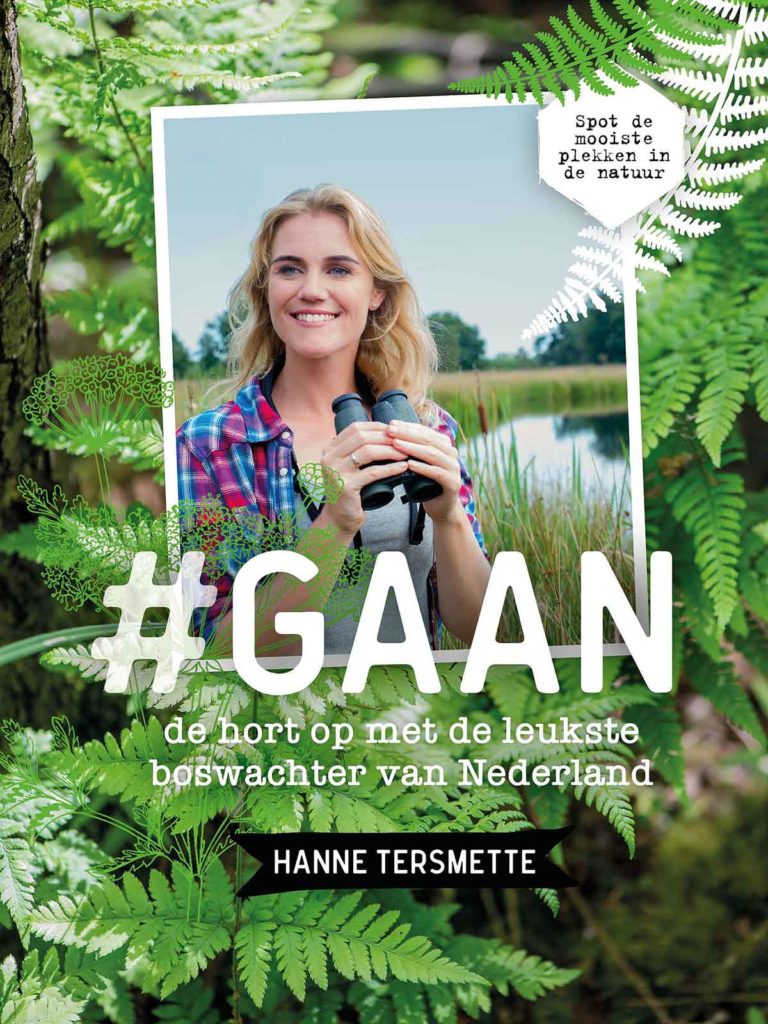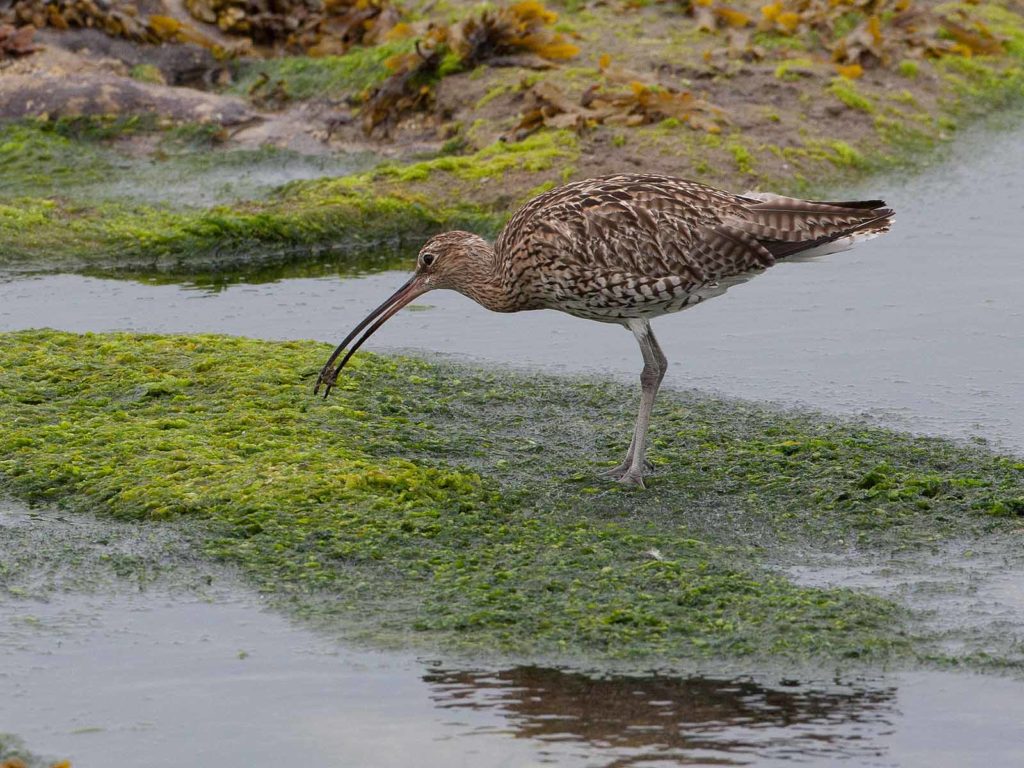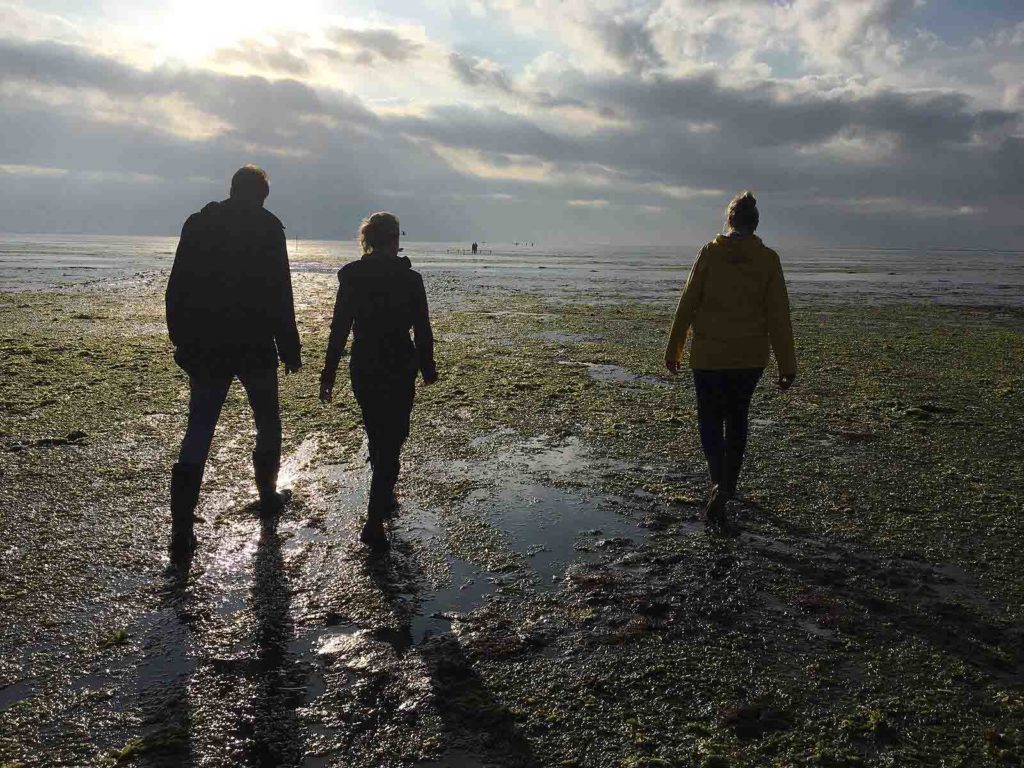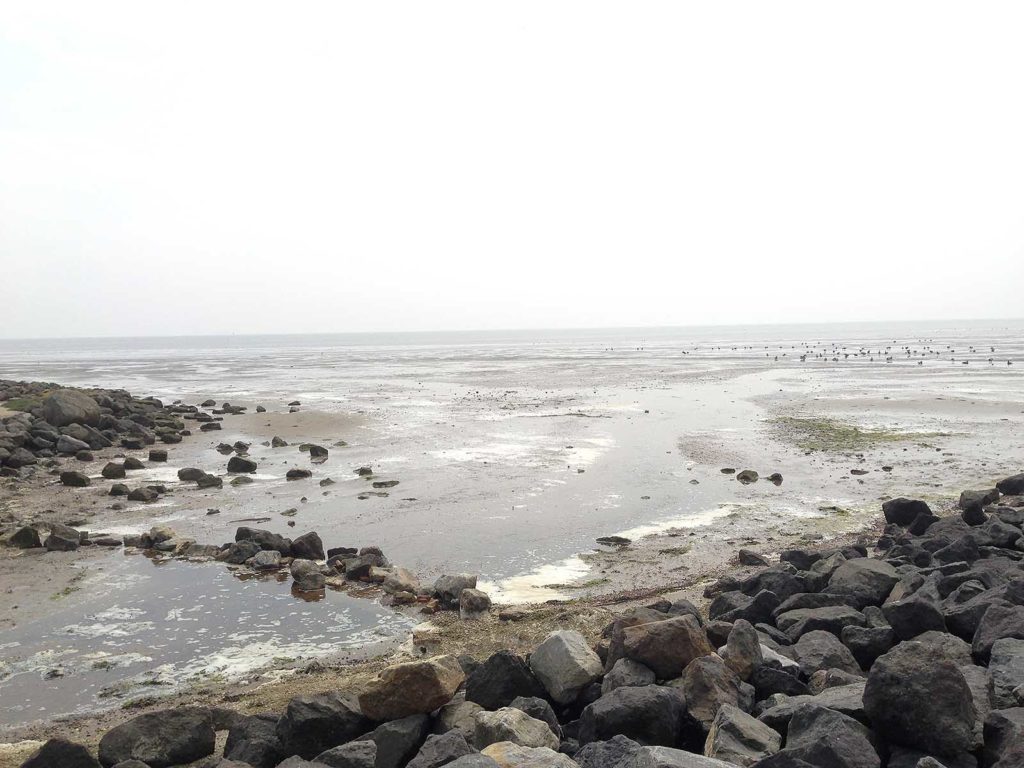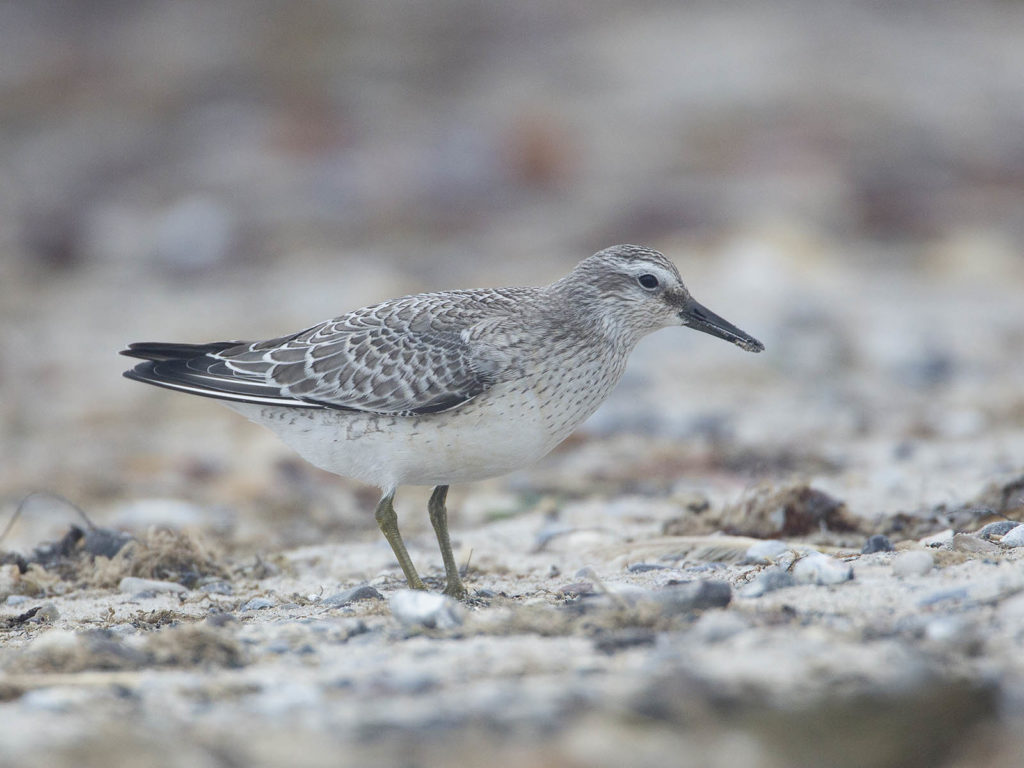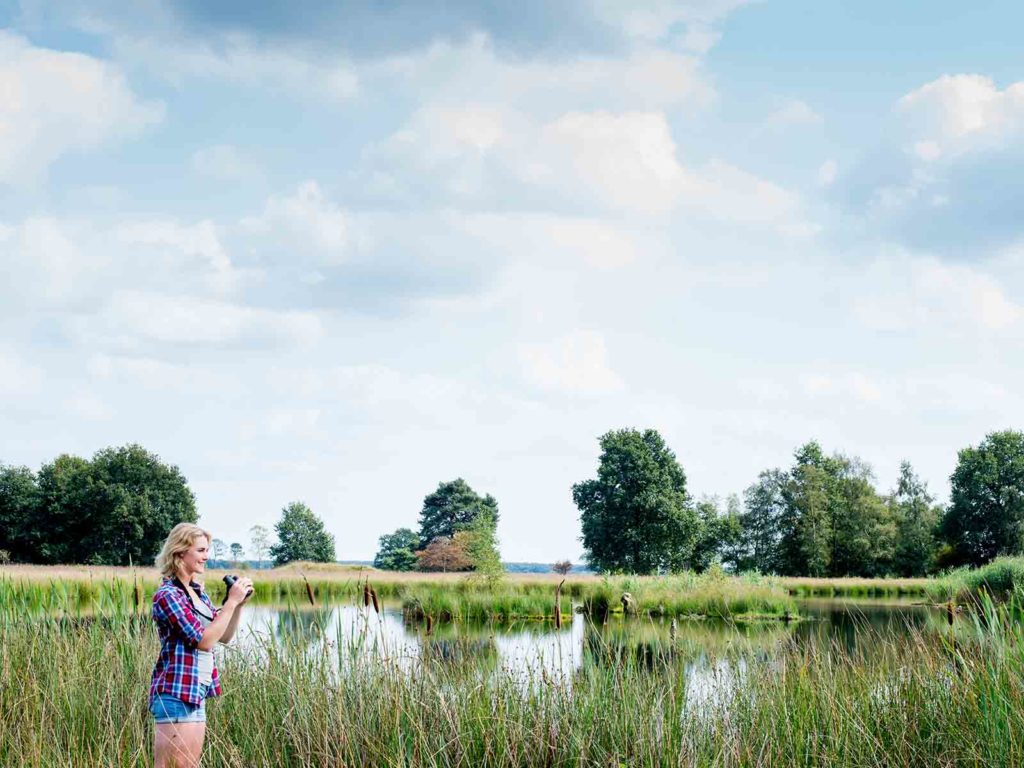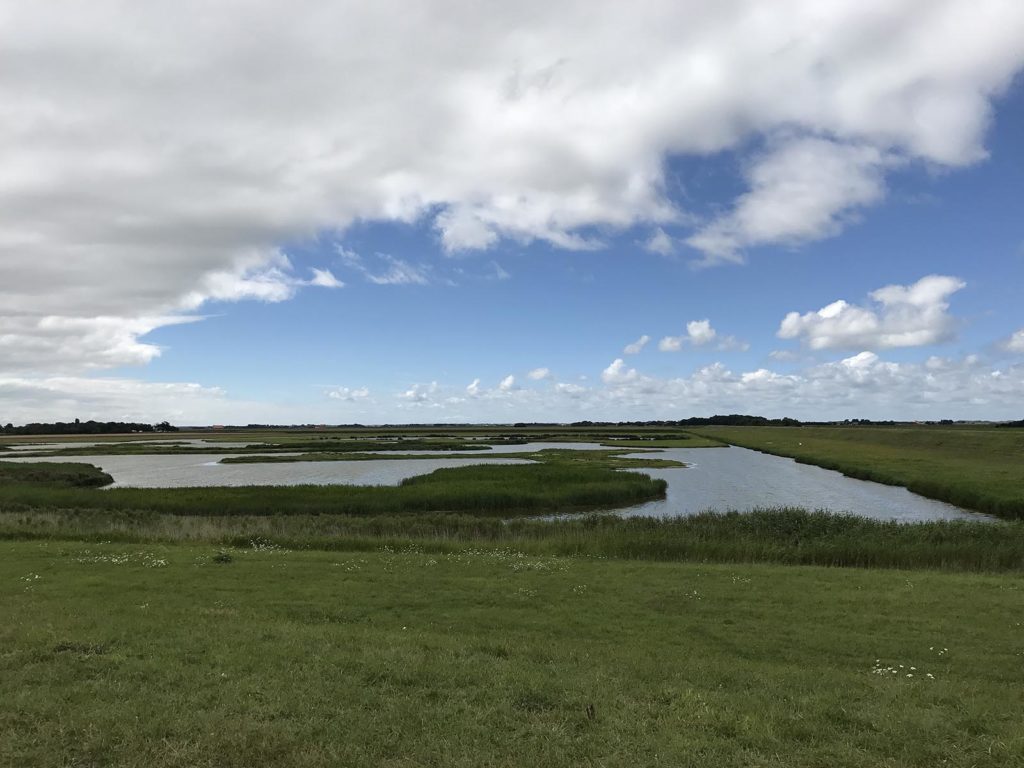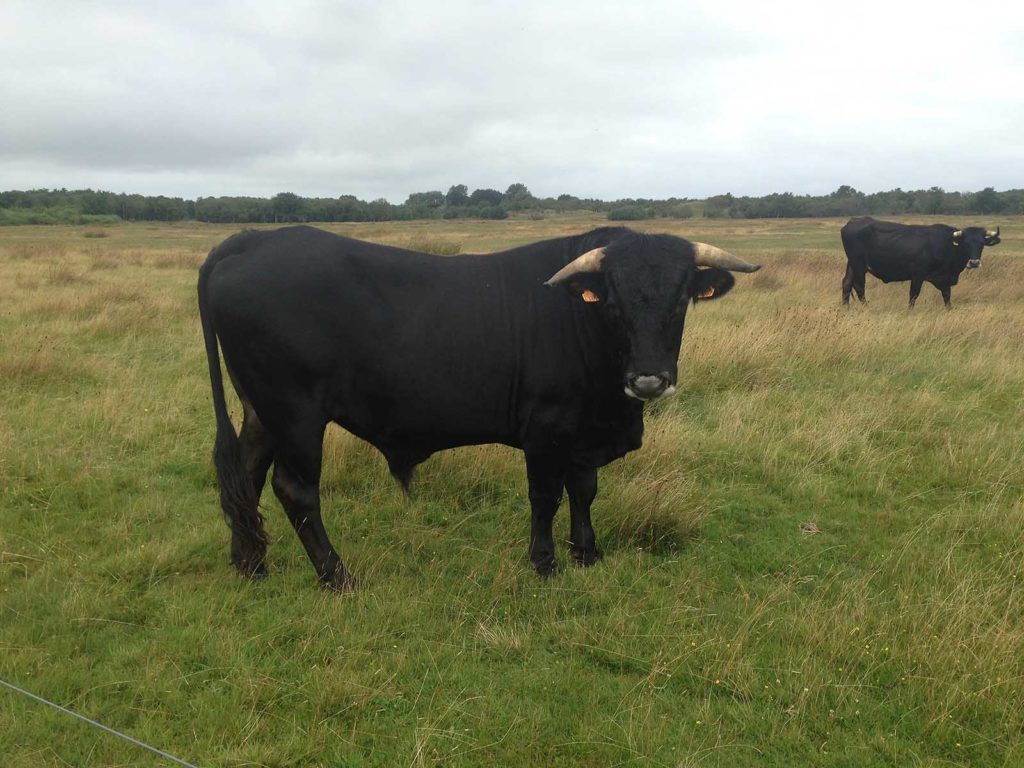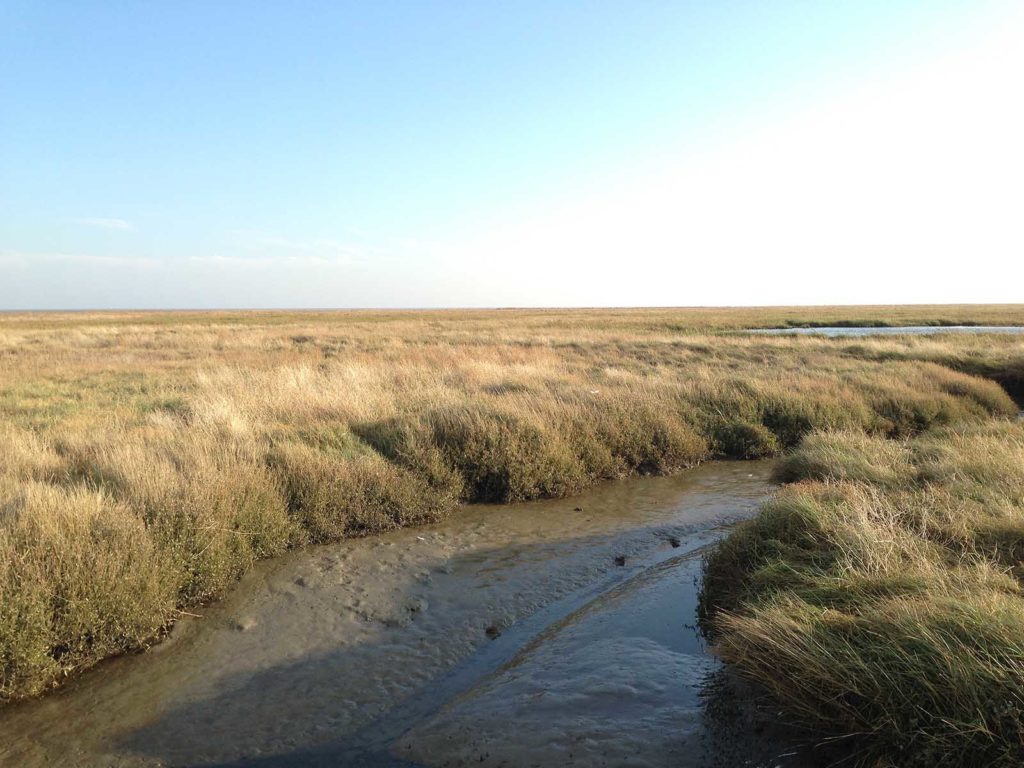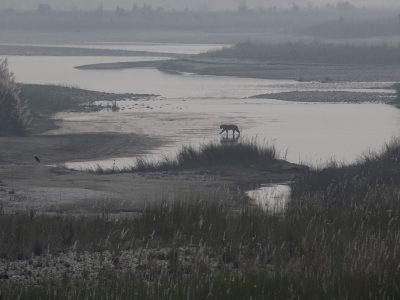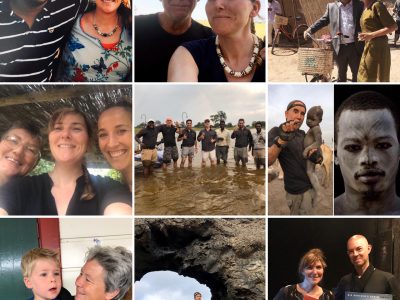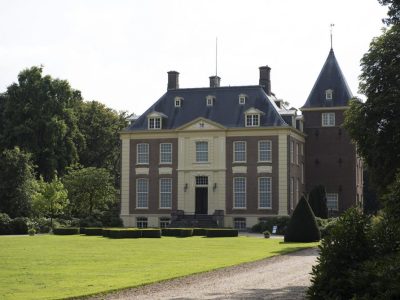Ranger Hanne Tersmette likes to come to the Wadden Sea, our Dutch island pride full of peace, space and busy birds. In her book #GAAN she takes readers on a trip through the Netherlands to discover the most beautiful places in nature. “I hope that I stimulate people and make them aware to look.”
Text: Angelique van Os | Photography: archive Hanne ter Smette and Saskia Lelieveld
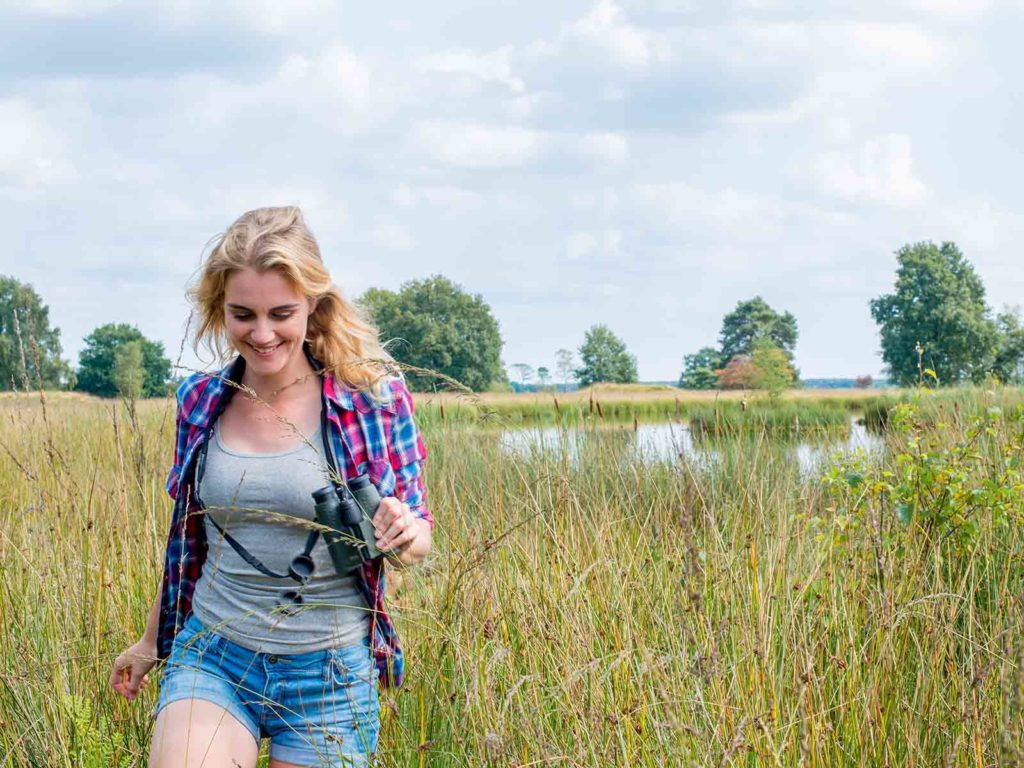
Anyone who follows Hanne Tersmette through her popular vlogs for Natuurmonumenten or has seen her in action as a member of the jury in the program Boswachter Gezocht, knows that she is a passionate lady with content. Someone who pursues her dreams and has even changed course by exchanging the busy and fast-paced advertising world for a no-nonsense job as a forester (communication & nature experience) around the Naardermeer. She has been working for Natuurmonumenten for five years now and recently presented her book debut #GAAN, de hort op met de leukste boswachter van Nederland. As a child she was already with her sisters and parents regularly in forest and heathlands to find and made walks of many kilometers. That early contact with and interest in nature has shaped her. In the book Hanne shows the way and takes her readers outdoors to her favourite places in the Netherlands. An accessible, written and above all personal book, full of beautiful photos divided into fifteen areas. We zoomed in on chapter 10, the Wadden. And Hanne is eager to tell us about it.
The credo of your book is to spot the most beautiful places in Dutch nature. When we highlight the Wadden Islands, what are your favourite spots and why?
I am a big fan of Schiermonnikoog.It is the furthest island and I like the small scale. Especially in winter it is deserted. You get the feeling that you are alone in the world in nature with all those migrating birds. I am also fascinated by the Wasserman bunker, which dates from the Second World War and stands on the highest dune. Also because of the history. That evokes a strange atmosphere.
I have been visiting Texel all my life. It’s closer to my home-work area. When I was a little girl, I’d loved to go there for a week at a nature camp, a collaboration between the Dutch Forestry Commission and Ecomare. We went fishing for shrimp, walking on the mud flats, cycling through the woods and searching for tracks. I also love the bird boulevard. Utopia is the name of the project An incredible number of large terns breed here, mainly from the uninhabited island of Griend. But nature has been developed on the inner dike, bordering on a low polder-like piece of land, where shellfish has been deposited. This is where the birds like to breed, and they can be admired in large numbers from May onwards with their hatchlings. That is a beautiful sight from the bike with the binoculars in hand. In the direction of August, September, the terns leave again.
Finally, I find Terschelling a very nice and quiet island outside the high season. Also there I always wonder about so many different species of birds. During a bird weekend I spent hours staring at all those little beachwalkers. If for example a bird of prey flies by then you see that there is panic and when the threat decreases they will continue to scavenge. Very special, all that activity.”
Many people may not know that the total Wadden area runs from Den Helder to Esbjerg in Denmark and therefore with 10,000 km2 a large area. And how important the game of the tides are, especially for the nutrients of flora and fauna. Your book clearly explains the role of the tides in relation to salt marshes (overgrown areas of land that lie directly on the sea), ditches (small valleys that are flooded with water at high tide) and plates and mud flats (plates are small islands). The mudflats are more towards the salt marshes and are formed by silt). Background information that gives the reader a completely different picture of how the tide works. A book full of lighters, too, isn’t it?!
“I’ve written a lot on feeling, and sometimes I wanted to explain a bit more elements. I had finished the Wadden chapter and after reading it back I asked myself if people have an idea of what a salt marsh or mud is. In order to understand nature, it is good to learn to read the landscape, which is good to do when you have an idea of how the Netherlands works. With the ridge, the sandy soil in the middle, around Noord-Holland the peatlands…. If you understand what kind of soil you are on and if you observe closely, you will recognize more and more. I hope that I will stimulate people and make them aware of what they are looking at.”
The Wadden can be described as a roadside restaurant for migratory birds, because of the diverse vegetation of beach, water, dunes, forest and meadows and the strong dynamics of tides. How big is your love for birds?
“I find migratory birds fascinating, like the canoe sandpiper, that ieniemienie small bird of 25 cm that travels about 5000 kilometers without eating. That such a creature is in top shape and thanks to its strong muscles allows its intestines to shrink in order to carry as little weight as possible. It only lives on its fat reserves. As soon as it reaches the Wadden Sea, it slurps in shells of all kinds and simply poops out the grit again. An athlete. Migratory birds are very hard workers and I like how they find each other, how they navigate. I also love big game, but when it comes to birds I like to contemplate what they’ve been through along the way. Have they had a storm or a lot of rain? Have they suffered from hunger? It triggers my imagination.”
Griend is the small uninhabited island, where thousands of birds breed, such as black-headed gulls and big terns. What makes this island even more attractive for birds to make their stopover?
“You’ve already said it: it’s uninhabited and therefore incredibly quiet. Close to the island there is a mud flats where you can find a lot of food. At high tide the birds rest on Griend and at low tide they fly to the plate. In addition, there are no predators. There is only one willow, so even birds of prey do not bother the birds much. During the breeding season there are two bird watchers who monitor visitors and send them away if necessary. You can pass them at an appropriate distance. In short, a Utopia for birds.”

You also write about the harbour seal and the grey seal. What kind of memories do you have when you went to Texel, for example, in search of the ‘fishwaffes’, as your sister called them?
“Haha, I think back mainly to tracking from the ferry. If we saw a head above a wave somewhere. By the way, I still do. As a young girl I went on a seal excursion. I wanted to get very close to pet them, but then the ranger got very angry, haha. Of course I had to keep my distance and they are predators, so I couldn’t get close. At Ecomare this is possible, but in the wild is of course the best.”
Browsing through the book I noticed that you also like to ride horses. What are beautiful places – apart from the beach and dunes – to discover with your horse on the Wadden Sea?
“Yes, that’s right. I have a trotter with my sisters. For me, everything used to be about skating and cycling. I was an athlete for a while. But I also like to make rides outdoors. On the islands I only drove on Terschelling. It is indeed wonderful to tear over the beach, but also the pieces through the woods are great. It’s like mountain biking: you have to take into account bends, low hanging branches and bumps on the path. No specific place, but again it’s about the alternation of forest, heathland, dunes and beach. I don’t have that with me in the polder. The alternation forms a beautiful, attractive backdrop.”
You also have a tip list. I myself get excited by the Droogvaltocht on the mudflats and canoeing to seals. Can you tell me more about it?
“I’ve done the Droogvaltocht several times. I love to wander, so I always have a tendency to shovel, looking for lugworms and cockles. Often you come close to seals. You have to wait until the tide comes, until the boat can leave. You’re purely concerned with nature, I like that. The canoeing was cancelled due to bad weather, so that tip is high on my wish list. I can imagine it would be a great experience to sail through the waves and currents with a view of sandbanks full of seals.”
Finally, are there other pearls in your book that you want to highlight?
“The eagle owl lives in South Limburg. I would advise everyone to go and see that animal, which is so impressive. I have seen the fluffy chicks. An adult can have a wingspan of up to 1.88m! The birds live in the ENCI quarry – which bears the name Oehoevallei – near the St. Pietersberg. This mountain has been excavated, so you could say that nature has been destroyed, but the excavated mountain also offers room for new greenery. It is an un-Dutch piece, because it is rocky and warmer, because of the limestone soil you have many shades of yellow and that mega beautiful owl is there.”
